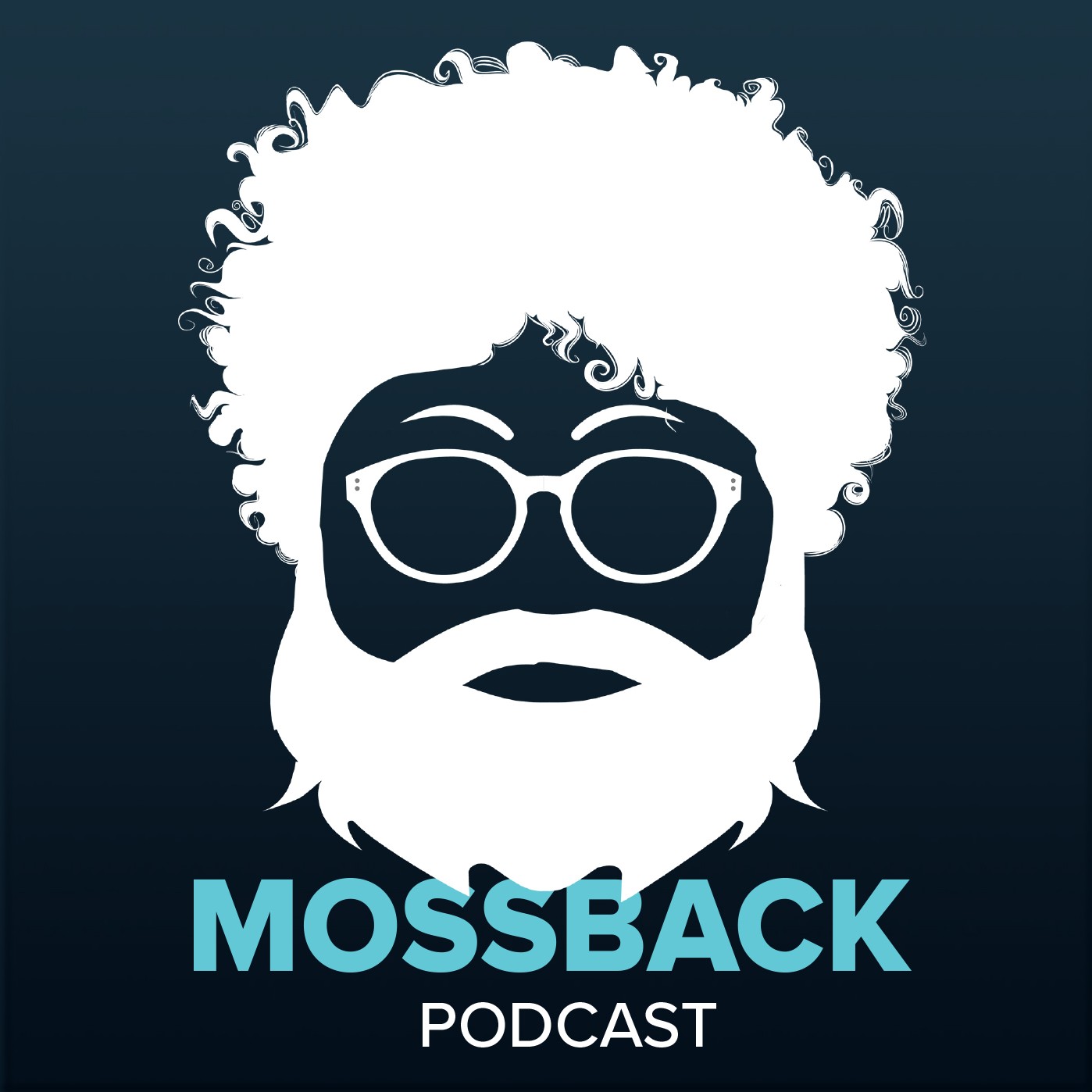
Mossback’s Northwest: Lumberjacks, meet the Lumberjills
You’ve heard of Rosie the Riveter, but how about Rosie the Logger? During both world wars, the Northwest brought working women to the woods.

Knute “Mossback” Berger is an editor-at-large and host of "Mossback’s Northwest" at Cascade PBS. He writes about politics and regional heritage.

You’ve heard of Rosie the Riveter, but how about Rosie the Logger? During both world wars, the Northwest brought working women to the woods.

Minoru Yamasaki was born in Seattle in 1912, studied architecture at the University of Washington and went on to design some of the most celebrated buildings of the 20th century. Among them: the World Trade Center in New York and the Pacific Science Center in Seattle.

Born in Seattle’s Japantown, he rose from hardship to build aspirational icons like the Pacific Science Center and the World Trade Center.

Today, more than 73 miles of Washington’s rugged Olympic Coast is still rugged. It’s accessible only to hikers, not cars. Part of the reason for that is a famous 1958 beach hike led by former U.S. Supreme Court Justice – and Washington resident – William O. Douglas.

A lost film from the ’50s details a beach hike devised by a U.S. Supreme Court Justice to save a pristine stretch of the Olympic Peninsula coast.